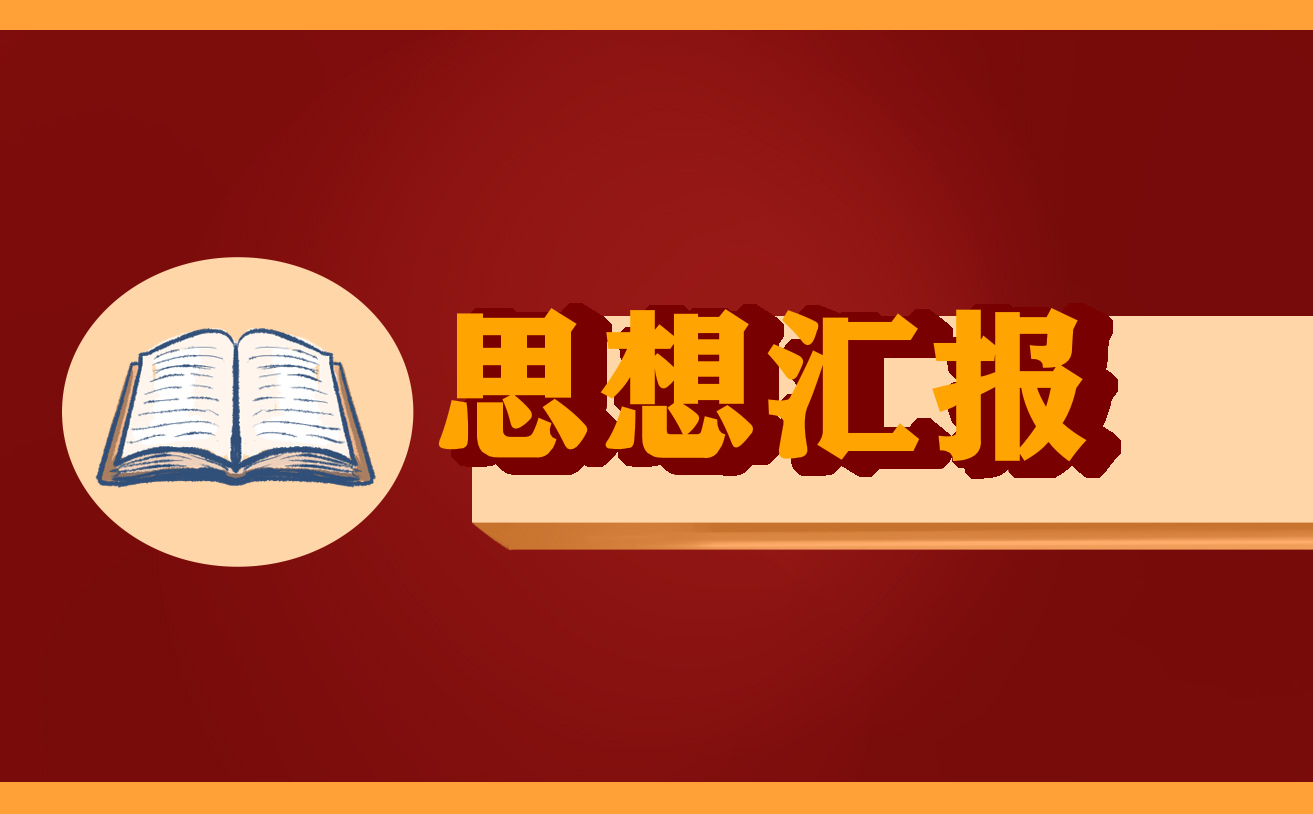[风之国境]风之国 剧照
时间:2019-01-08 03:18:11 来源:柠檬阅读网 本文已影响 人 
Have you ever tried windsurfing? It’s like surfing, but with a sail attached to your surfboard. Feel the salt air hit your face. Wait for the wind to pick up. Then hang on! The next thing you know, you are tearing[狂奔,疾驰] across the cool water.
You may not have windsurfed before. Maybe you’ve flown a kite on a spring day. Perhaps you’ve
sailed in a sailboat. People have used wind in different ways for thousands of years.
Air on the Move
What is wind? What causes it? Wind is just air on the move. The sun causes it. When the sun shines on land or water, the land or water warms up. So does the air above it. As air warms up, it becomes lighter. It rises. Cooler air rushes in to fill the gap. That rush is wind.
Earth swirls[旋转] with wind all the time because its surface heats unevenly[不均衡地]. Water, for example, takes longer to heat and cool than land. So air is always rushing between water and land. Now you know why beaches are so breezy!
Different types of places, such as forests, deserts, and prairies[大草原], also soak up[吸收] heat from the sun differently. They cool down at different rates, too. Don’t forget about the cold places at Earth’s top and bottom and the warm area around the planet’s middle. Air moves constantly[不变地] between all these hot and cold spots.
Some winds blow in regular patterns across thousands of miles. Other winds are local and sudden, such as gusts[一阵狂风] in a thunderstorm. Mountains, islands, and even tall buildings affect how wind moves. No wonder wind comes in so many varieties.
Gales[强风,大风] and gusts, breezes and puffs[一阵短促而突然的风] are just a few kinds of wind.
Invisible Force
You can’t see wind. Yet you can see its handiwork. Have you seen a tree branch swaying[摇摆]? Wind. Ever watch an umbrella blow inside out? Wind again.
Wind does more than just toy with umbrellas. It sculpts[雕刻] rocks and landscapes by tearing away tiny pieces off rocks. All those pieces add up. Piece by tiny piece, wind can erase a whole mountain. This process of wearing away is called erosion[侵蚀]. Bit by bit, over millions of years, wind carves rock into cool new shapes. What about all those loose pieces? Wind piles them into graceful sand dunes. Not bad for an invisible force.
Fast Lanes
Long before people used wind to have fun at the beach, they used wind to get to places. Ancient
Egyptians hoisted[升起] sails to travel up and down the Nile River. The Polynesians set sail across the Pacific Ocean at least 3,000 years ago.
These early sailors were smart. They noticed that Earth’s major winds blew in predictable[可预知的] patterns. Studying these patterns helped sailors plan their voyages.
Some of Earth’s most reliable winds blow west near the Equator[赤道]. Trading ships hopped on them to send goods around the world. These helpful winds are called trade winds[信风]. You could call trade winds the original fast lanes.
People still sail boats today. Modern sailing, however, is mostly for sport. Even so, today’s sailors still depend on the same wind patterns that pushed trade ships hundreds of years ago.
Wind Power
To cross the ocean, people don’t need wind a nymore. They have airplanes for that. Still, wind can help us in other ways. One way is by making electricity.
The Horse Hollow wind farm in Texas grows no wheat or corn. Instead, it has hundreds of steel wind turbines[涡轮]. Each tower is taller than a 20-story building. That’s the blades spinning in the steady wind.Wind, after all, is energy. It’s clean and renewable[可再生的] energy, too. Wind makes the turbines spin. The spinning turns a generator. Then the generator makes electricity.
Wind farms work best in open places where nothing gets in the wind’s way. So far, the United States snags[抓住,获得] enough breeze to power about 4.5 million homes. That’s only about one percent of the electricity we need. Slowly, though, the role of wind power is growing.
More wind farms seem to crop up[突然出现] every year.
Tornado[飓风,龙卷风] Terror
Wind isn’t always fun or helpful. It can also be terrifying. Just ask anyone who has seen a tornado. It is a vertical column of spinning air. Tornadoes form in severe[剧烈的] thunderstorms. They can start when wind above the ground moves faster than wind at ground level. The air in between[在中间] rolls into a spinning tube.
Sometimes air rising inside a thunderstorm tilts[使翘起] the spinning tube upright. Then watch out! It’s tornado time. Most tornadoes only last a few minutes. Yet their violent winds do loads of damage. Tornadoes can blast[毁灭] to pieces cars, houses, and anything else in their way.
On May 3, 1999, a string of deadly tornadoes ripped across Oklahoma. Weather scientists followed one of the twisters in a truck. Using radar, the scientists clocked the tornado’s winds at 484 kilometers an hour. It was the fastest tornado ever recorded.
From gentle breezes to strong gusts, wind is
everywhere. It can sculpt mountains and tear apart houses. Long ago, wind carried explorers to new places. Now it helps light cities and makes sports like windsurfing a thrill. The next time you are just shooting the breeze[谈天,闲聊], think about the many ways that wind changes our world.
你试过玩帆板吗?(这种运动)就好像冲浪一样,只不过在冲浪板上多了一张帆。感受咸咸的空气拍打着你的脸庞,等着风来载上你滑行吧。然后,抓好了!接下来你能感觉到的就是自己正在飞速划破清凉的水面。
也许你没有玩过帆板,不过你或许在春天里放过风筝,或者坐过帆船。数千年来,人们一直以不同的方式利用风。
运动着的空气
风是什么?是什么引起的?其实风就是运动着的空气,是太阳引起了风。当太阳照射在地表或水面上时,地面或水面开始变暖,其上面的空气也开始升温。随着空气升温,它变得越来越轻,逐渐上升。此时,周围温度较低的空气就冲进来,补充原来的空缺。这种急流就是风。
地球上时时刻刻都有风的存在,因为其表面受热不均。例如,水面升温和冷却需要的时间比陆地长,因此空气总是在水陆之间流窜。现在你知道为什么海滩总是和风习习了吧!
森林、沙漠和草原等不同地形吸收太阳热量的速度不同,冷却的速度也不一样。别忘了,地球还有寒冷的两极和温暖的赤道带。空气就在这些冷热不均的地方不停地移动。
有些风以固定的模式吹过几千英里的距离,而另一些则仅仅发生在某些地区,且神出鬼没,比如雷暴时的疾风。山脉、岛屿,甚至一些高层建筑都会影响风运动的方式。难怪风有这么多种类――强风、疾风、和风、阵风等等都只是其中的几种类型。
看不见的力量
你看不到风,但你能看到它亲手打造的作品。你看过树枝拂动吗?那是风的杰作。你看过雨伞里外翻转过来吗?还是风在作怪。
风所做的远不止玩弄雨伞,它还能吹走小块的石头,从而雕琢岩石,塑造地貌。这些小石块加起来,一块又一块,最后风可以把整座山夷为平地。这种逐渐磨损的过程叫做侵蚀。一点一点地,经过几百万年的时间,风可以把岩石雕刻出神奇新貌。那些松散的石块又被吹到哪里去了呢?风把它们堆成了线条优美的沙丘。对一种看不见的力量来说,这成果算是不错的了。
快速通道
在利用风在海滩玩乐以前,人们早就懂得利用风旅行了。古埃及人扬起风帆沿着尼罗河航行。至少3000年前,波利尼西亚人已经扬帆驰骋太平洋。
这些早期的航海者很聪明。他们注意到地球上主要的风流都以可预测的模式运动。研究这些模式能够帮助航海者更好地计划他们的航程。
地球上最稳定的风流在赤道附近吹向西方。商船“搭上”这些风,把货物运载到世界各地。这些对人们很有帮助的风被称为信风(贸易风)。你可以把信风称作最初的快速通道。
今天,人们仍会扬帆航行,只是现代的帆船航行大多是作为体育运动。即便如此,今天的海员仍然要依赖数百年前推动商船的风的模式航行。
风能
要穿越海洋,如今人们已经不再需要风的帮助了,他们乘坐飞机便可。不过,风还是能通过其他方式帮助我们,其中一种就是发电。
(美国)德克萨斯州的马谷风力发电场既不种小麦也不种玉米。那里有几百个钢制风力发电涡轮。每一座塔都超过20层楼高。那就是在稳定的风里转动的风叶。
说到底,风是一种能源,而且是一种清洁的可再生能源。风推动风叶转动,风叶推动一台发电机运作,然后发电机产生电力。
风力发电场在没有任何挡风物的开阔地带效果最好。到目前为止,美国捕捉到的风力足以为450万户供电,而那大约只占我们所需电量的1%。不过,风力发电的重要性在逐渐增加,每年都涌现出越来越多的风力发电场。
可怕的飓风
风并不总是那么有趣或有用,它也可以令人望而生畏。只要问一下那些见识过飓风的人就知道了。飓风是一种与地面垂直的旋转风柱,形成于剧烈的雷暴当中。当高空的风比地面的风运动得快时,就可能形成飓风。中间那部分空气转动起来,形成一条旋转的风柱。
有时,在雷暴里上升的空气会直接挑起一条旋转的风柱,那时候可要当心!飓风来了。大多数飓风只持续几分钟,然而其剧烈的风力能造成严重的破坏。飓风能把汽车、房屋和它在路上遇到的任何物体都撕成碎片。
1999年5月3日,一连串极具破坏力的飓风横扫(美国)俄克拉荷马州。气象学家坐着卡车跟踪其中一个卷风,并用雷达测得其风力达到484千米/小时,这是有记录的风速最快的一个飓风。
从温和的微风到强劲的疾风,风无处不在。它可以雕塑山脉,也能摧毁房屋。很久以前,风把探险家们送到未知的土地上,现在它又为我们照亮城市,使诸如帆板之类的运动妙趣横生。下次谈笑风生的时候,不妨想想风是如何通过各种各样的方式来改变我们的世界的。









